Farm More with Less Using Smart Technology
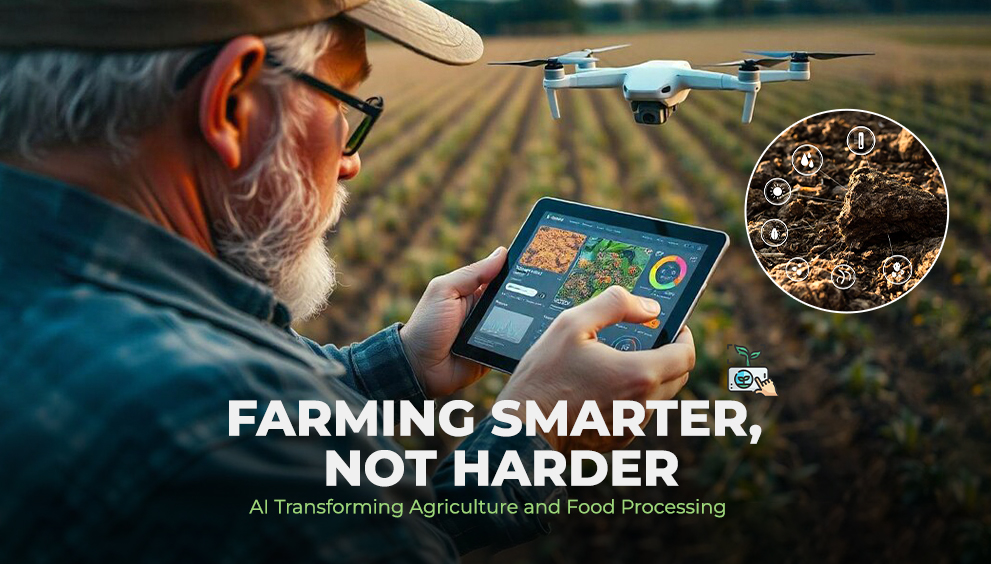
Ah, the good old days of farming: long hours under the sun, guesstimating how much fertilizer to sprinkle, and praying the rain gods show up on time. A simpler time, wasn’t it? Or maybe not. For all its nostalgic charm, traditional farming methods often boiled down to crossing fingers and hoping for the best. Need to predict yields? Sure, just squint at the clouds. Got a pest problem? Toss some pesticide around and hope the pests read the eviction notice. Efficiency? Who needs it when you’ve got a gut feeling?
But let’s be honest—relying on outdated methods in today’s agriculture is like insisting on using a rotary phone to order pizza. The stakes are too high, and the margins for error are too thin. Farming isn’t a hobby; it’s a massive, data-driven industry. And treating it like guesswork? That’s not quaint—it’s inefficient.
The Cost of “Traditional Wisdom”
Let’s unpack the glory of old-school methods. Field inspections meant traipsing around acres with a notepad, jotting down observations like “Looks green, must be fine.” Soil testing? Maybe once in a blue moon when the budget allowed. Pest control? Spray and pray. And irrigation? Oh, just flood the fields and hope for the best—it’s not like water’s a finite resource or anything.
These methods didn’t just lack precision—they actively drained resources. Wasted water, overused chemicals, and untapped potential turned farming into an endless cycle of “just good enough.” If that doesn’t scream inefficiency, I don’t know what does.
A Smarter Way Forward
Enter precision agriculture—a concept that must sound like sci-fi to anyone still clinging to the methods of yore. Imagine not having to “eyeball it” anymore. Imagine knowing exactly how much water your crops need, when to fertilize, and how to nip pests in the bud before they wreak havoc. Imagine farming without the guesswork.
Today’s tech-savvy approach doesn’t leave room for maybes. With AI-driven analytics, farm management has gone from a guessing game to an exact science.
- Water Management: Instead of dumping gallons indiscriminately, smart irrigation systems ensure every drop counts. Who knew saving water could be this easy?
- Crop Monitoring: Forget squinting at leaves under the sun—AI scans your fields and gives you a health report card.
- Resource Allocation: Why spread fertilizer over an entire field when only a portion needs it? Efficiency is the name of the game.
And no, this isn’t just about being fancy. It’s about saving money, boosting yields, and keeping the planet a little greener—goals that guesswork can never achieve.
Time to Leave Guesswork Behind
Let’s get real: in a world where drones, satellites, and algorithms can deliver insights at the push of a button, there’s no excuse for clinging to outdated methods. What worked for Grandpa’s small farm in the 1950s won’t cut it for a modern-day operation managing thousands of acres.
Efficiency doesn’t mean cutting corners—it means making every resource count. And the only way to do that is with data. The kind of data that tells you where pests are gathering before they even realize it. The kind of data that pinpoints which fields need more water, and which are doing just fine.
Farming Smarter, Not Harder
It’s not about abandoning tradition; it’s about evolving it. The heart of farming—cultivating the land and feeding the world—remains the same. But the tools? Those need a serious upgrade.
That’s where solutions like SrajanAI step in. By combining cutting-edge AI with practical farming needs, it transforms agriculture from a slog into a streamlined operation. Precision analytics? Check. Real-time monitoring? Check. Predictions so accurate they feel like cheating? Check.
So, say goodbye to the days of scribbling notes on a clipboard and hoping for the best. With tools like SrajanAI, you’re not just farming—you’re optimizing. And honestly, isn’t it about time agriculture joined the 21st century?

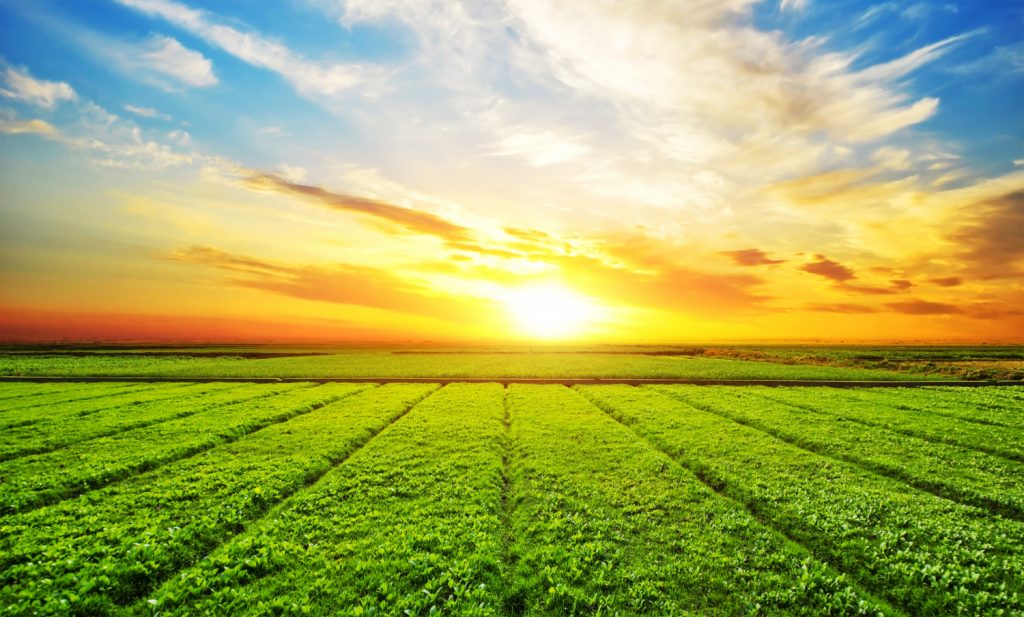
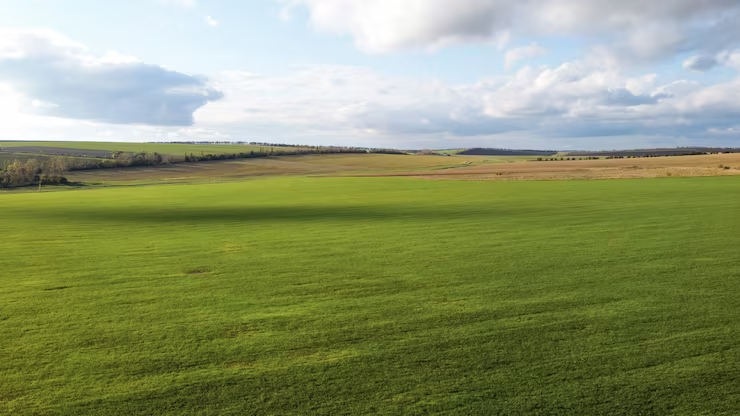
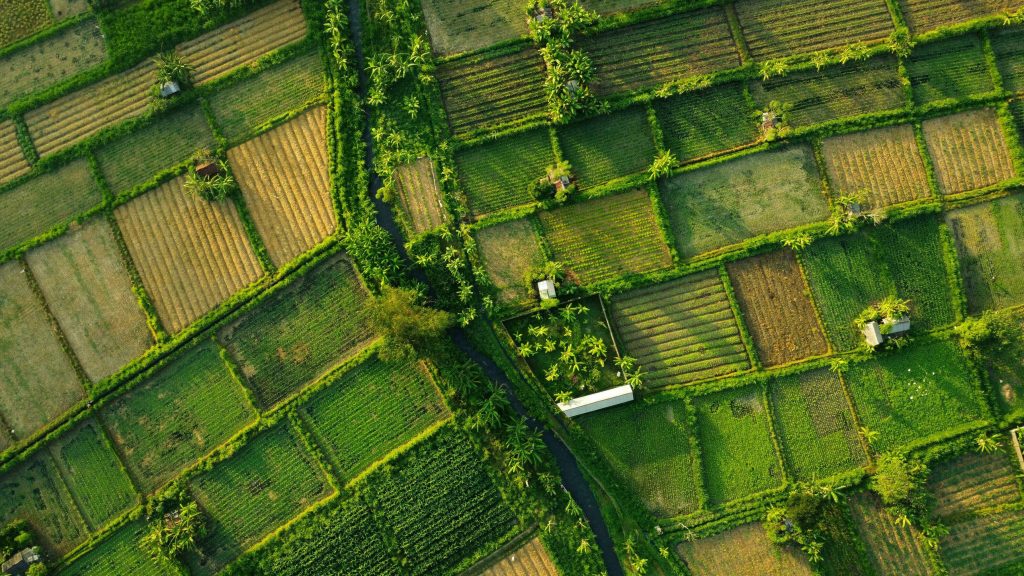
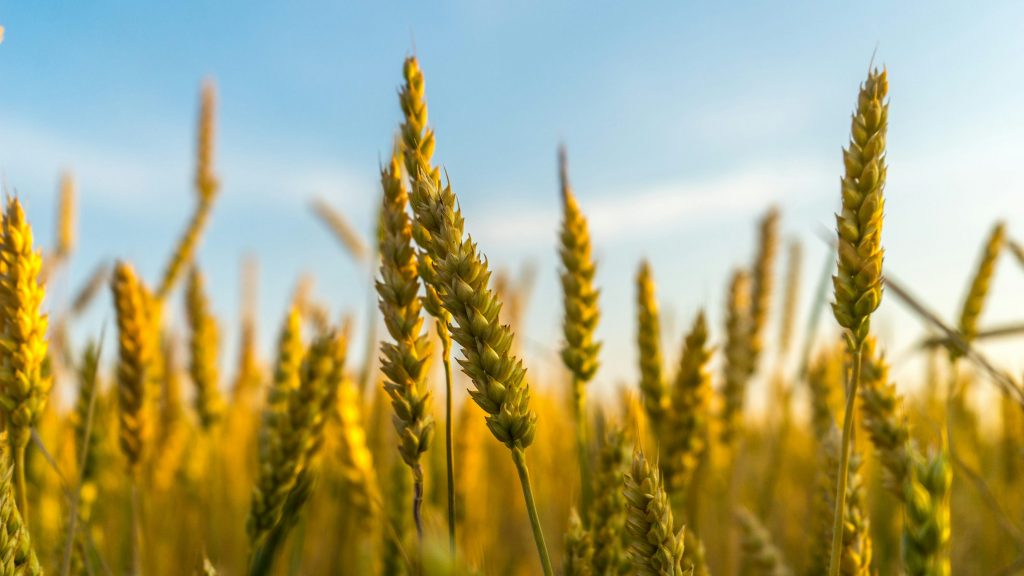
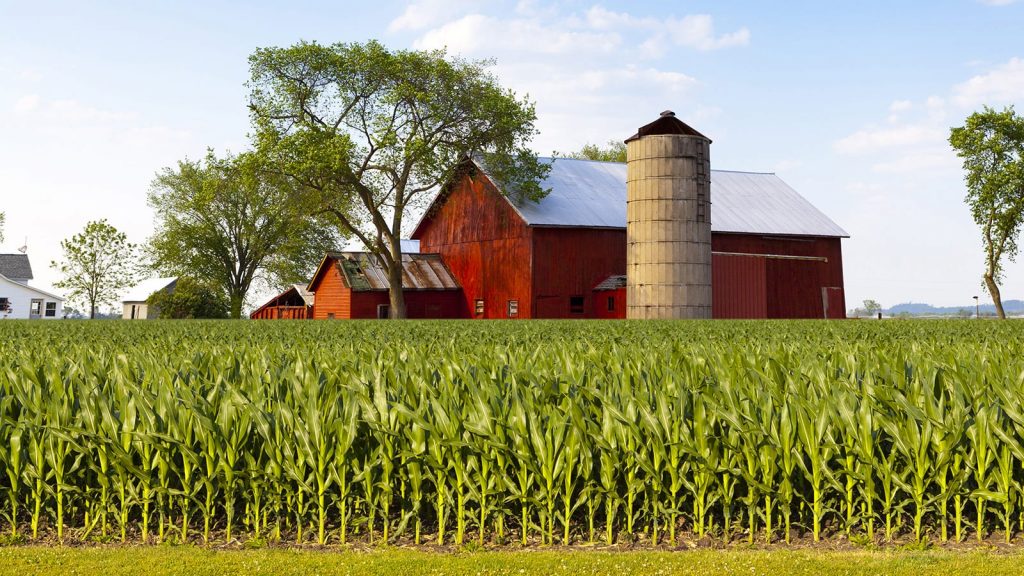
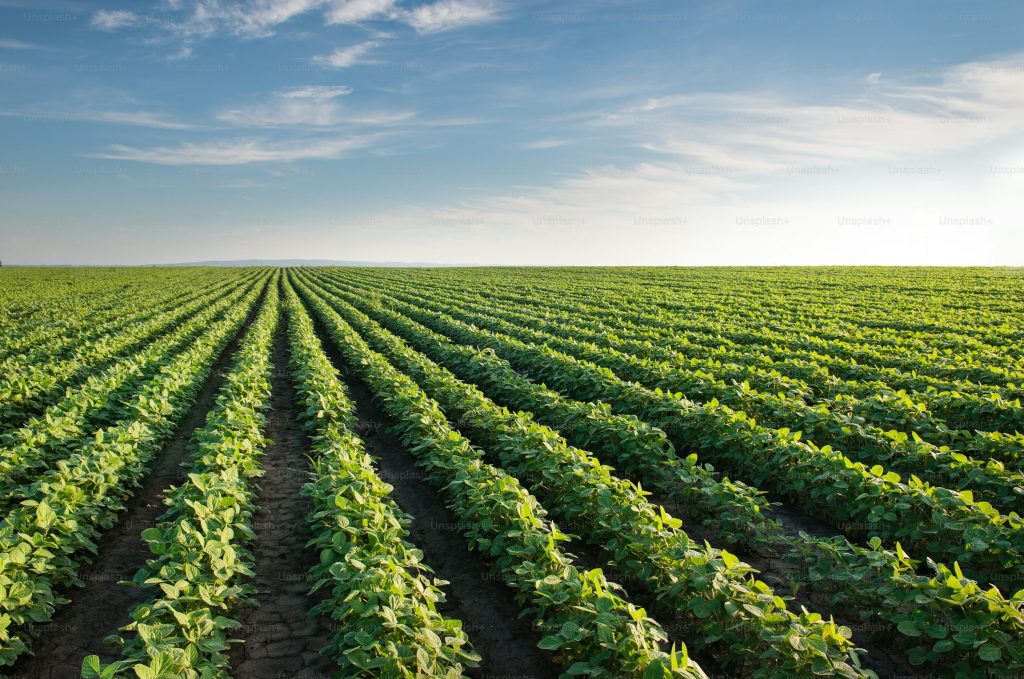


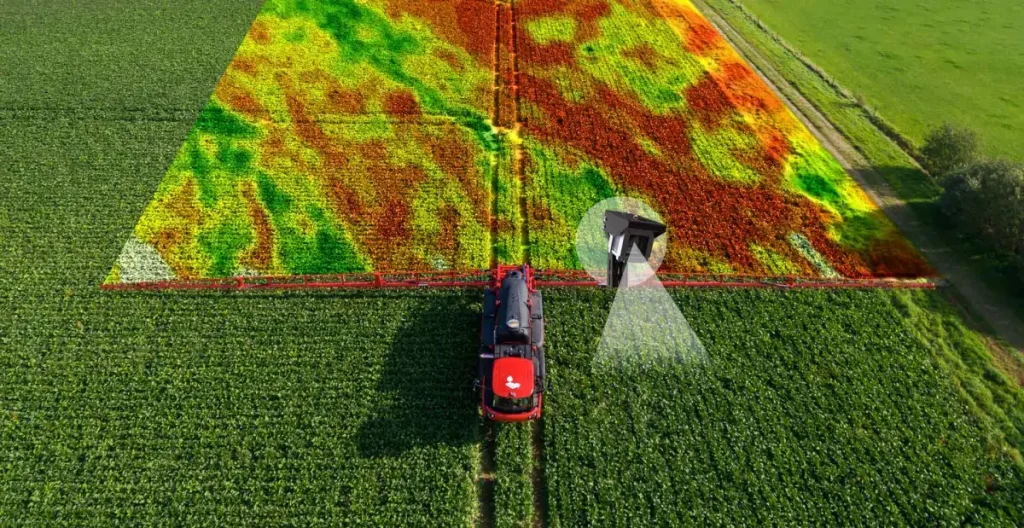
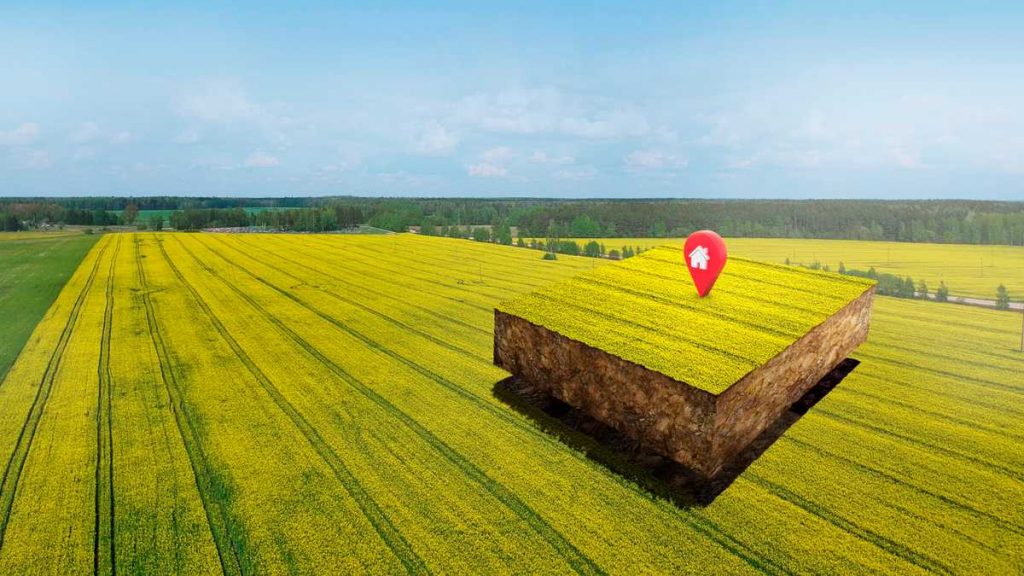
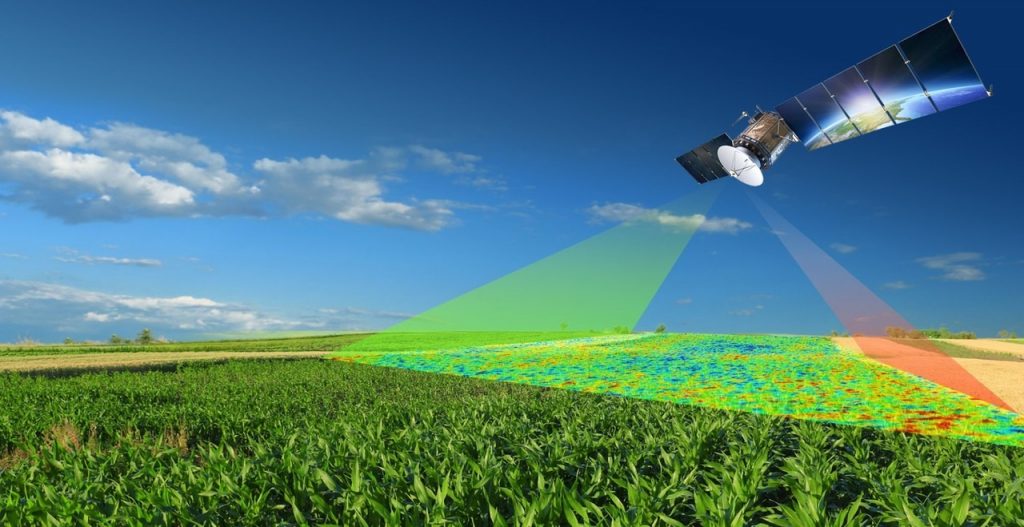
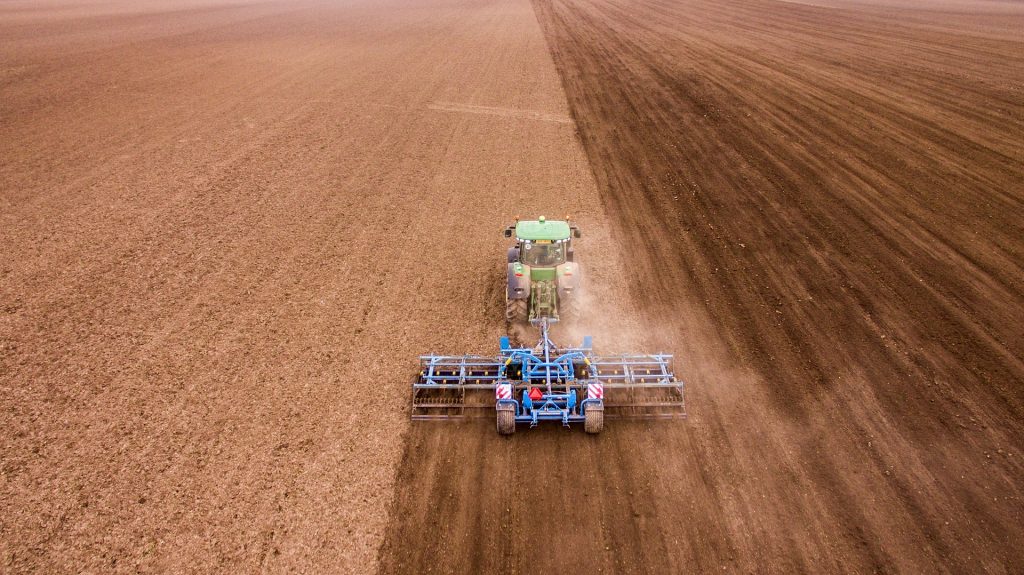
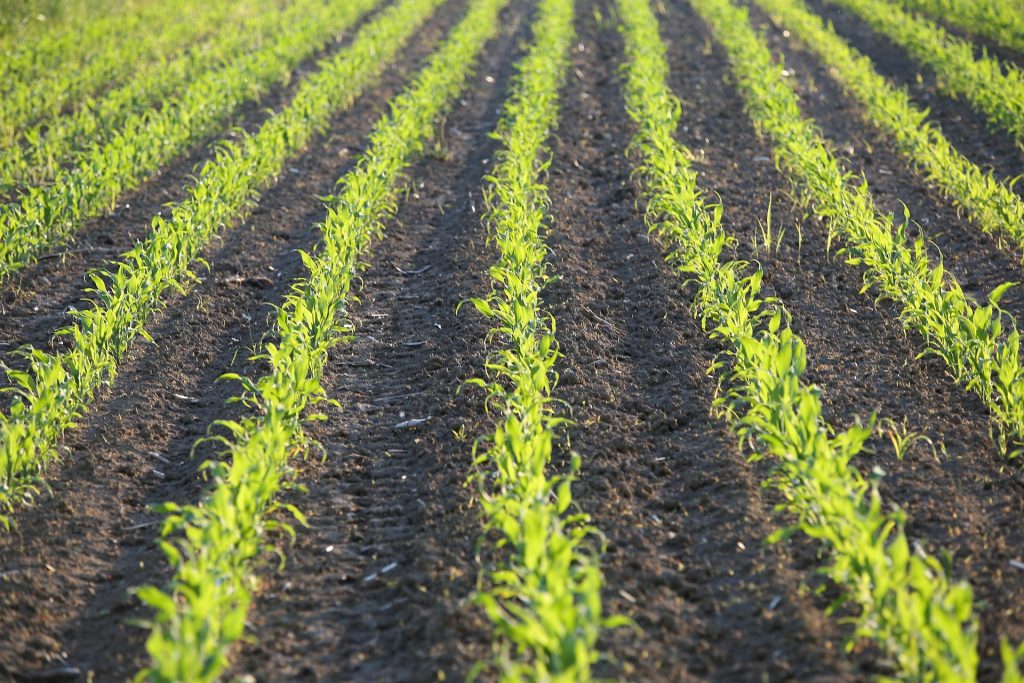
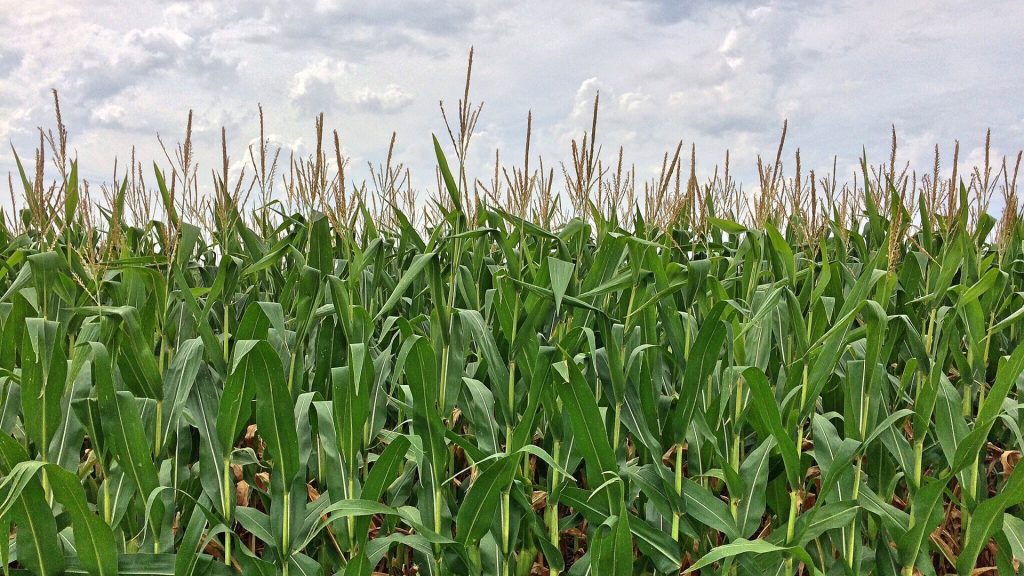
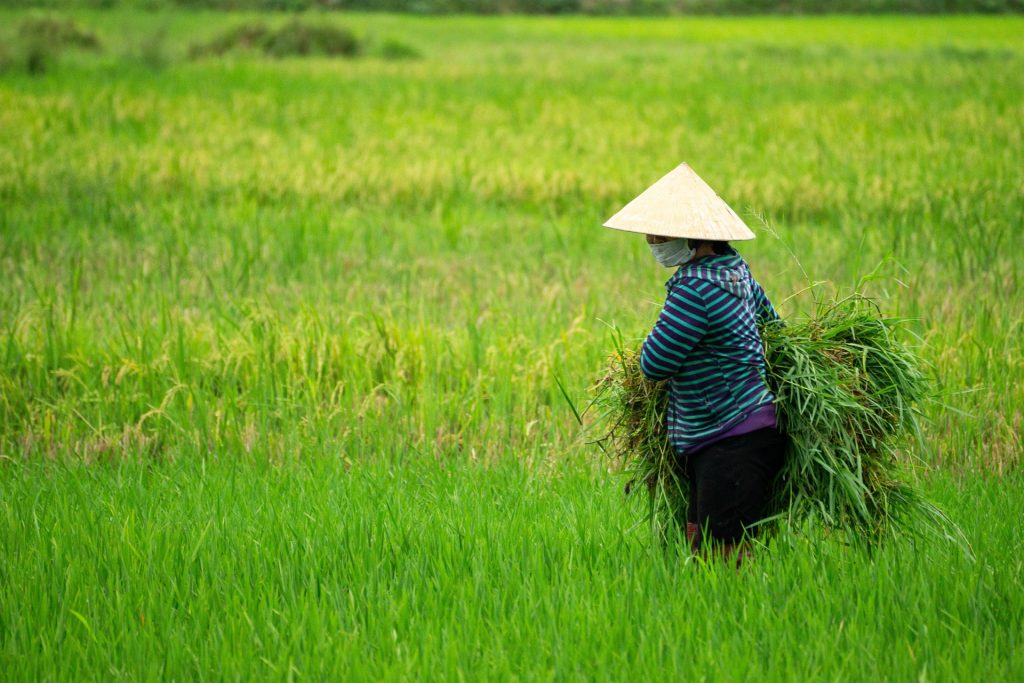

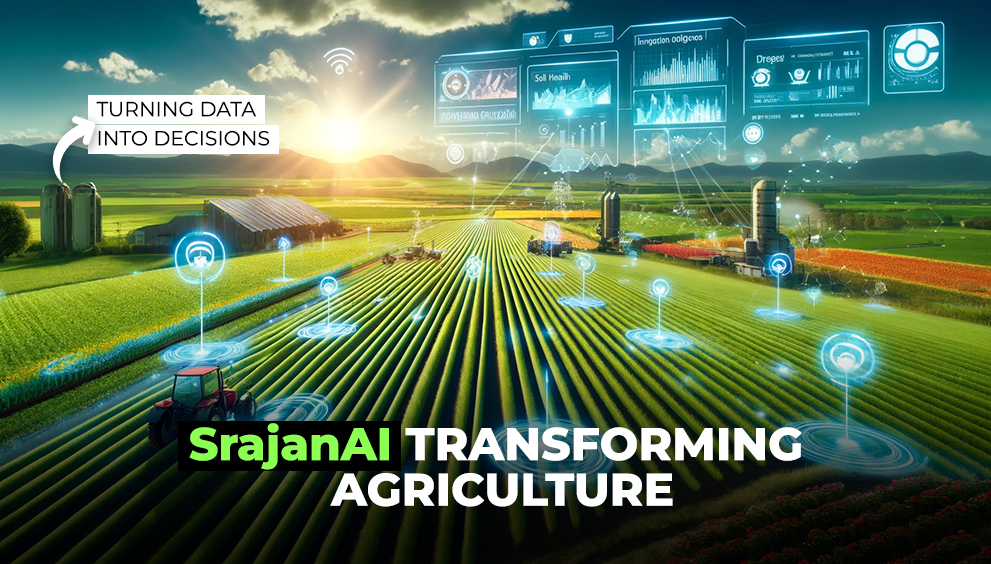
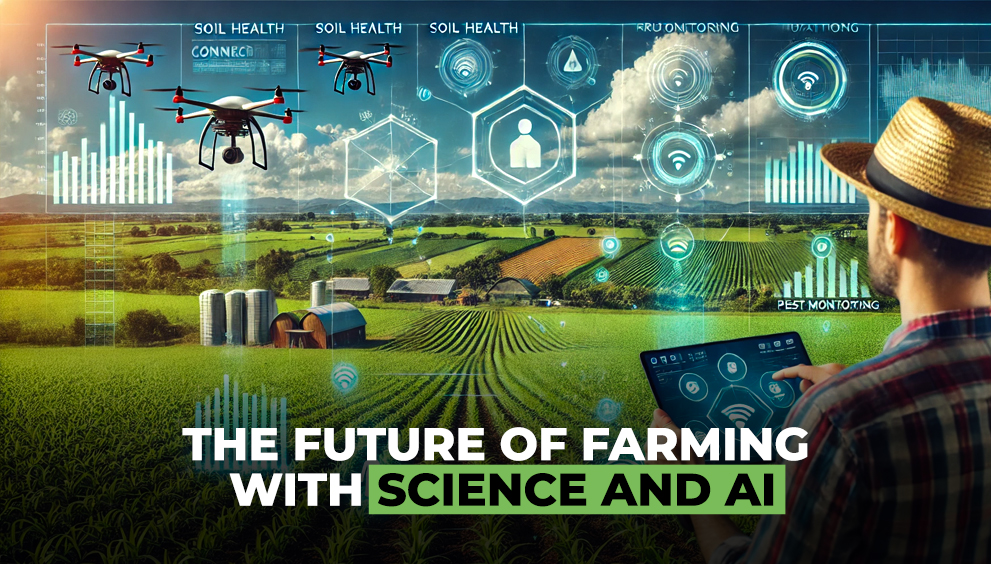
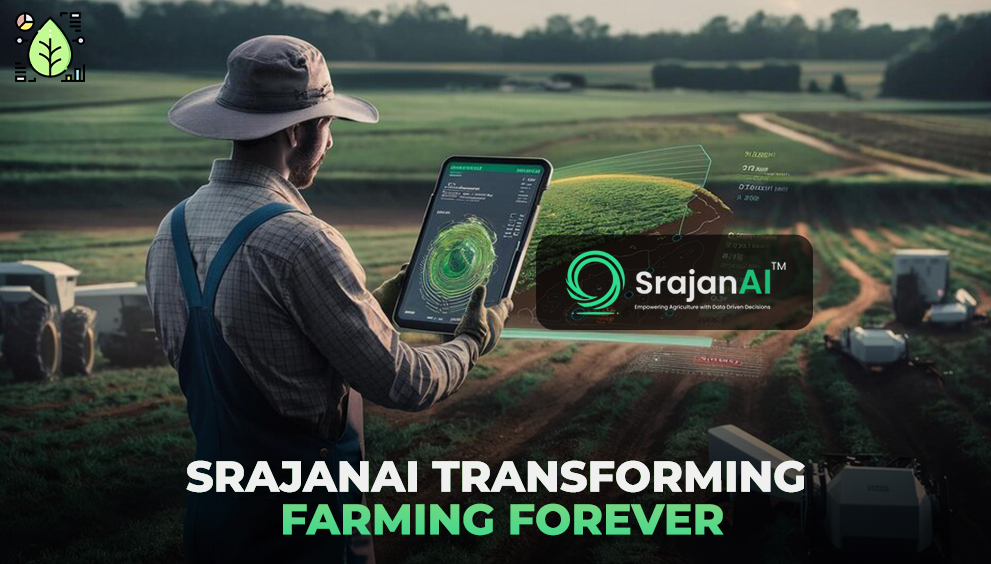
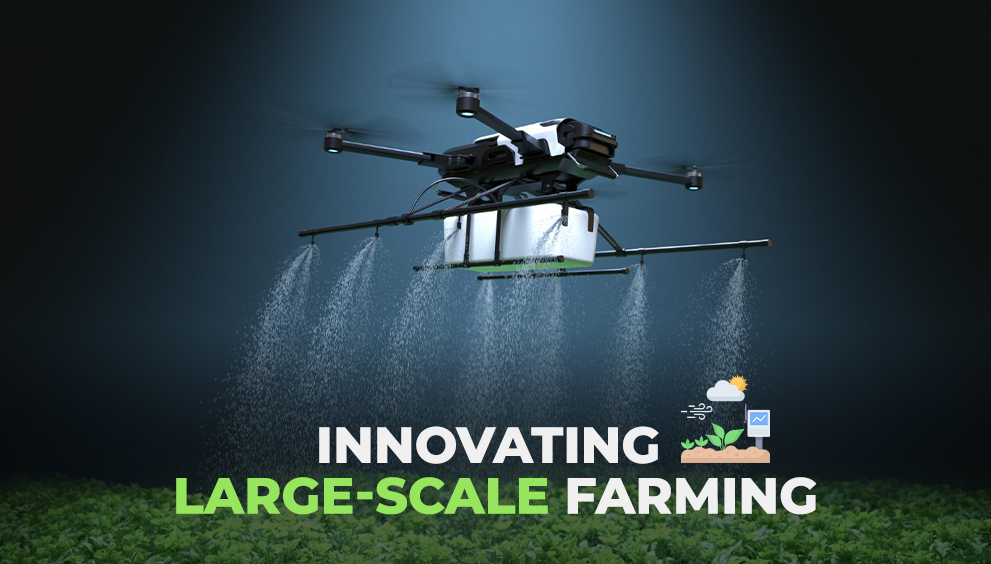
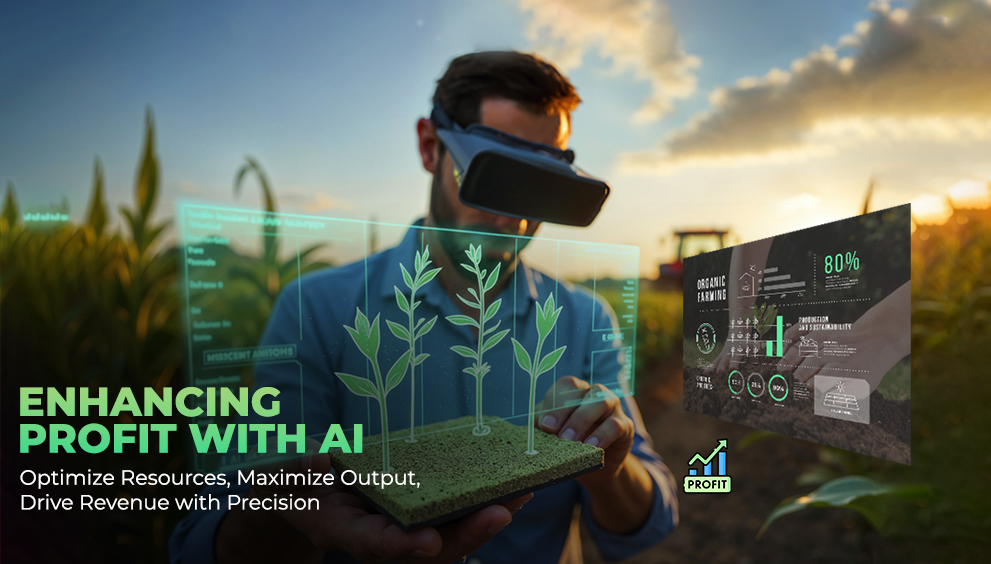
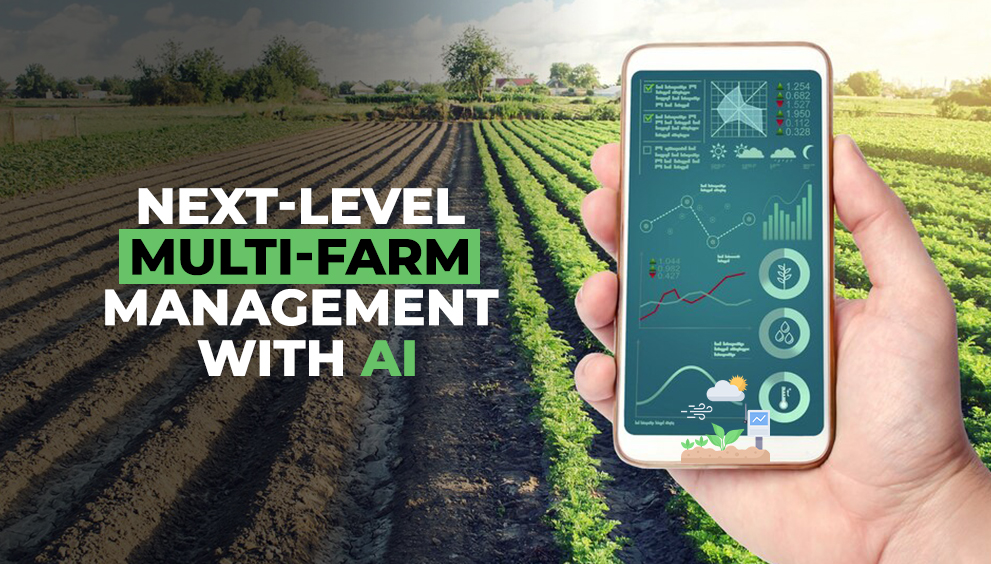

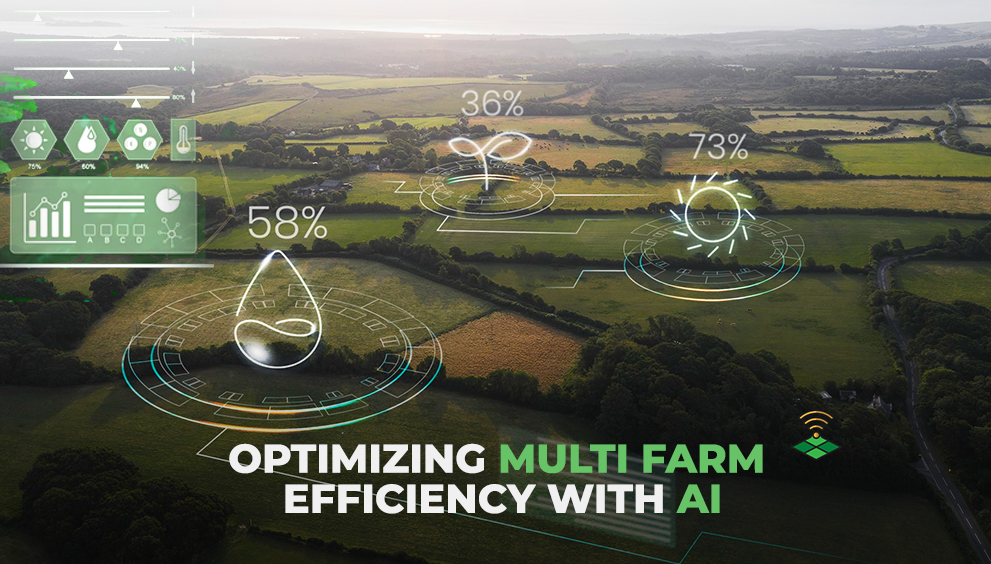
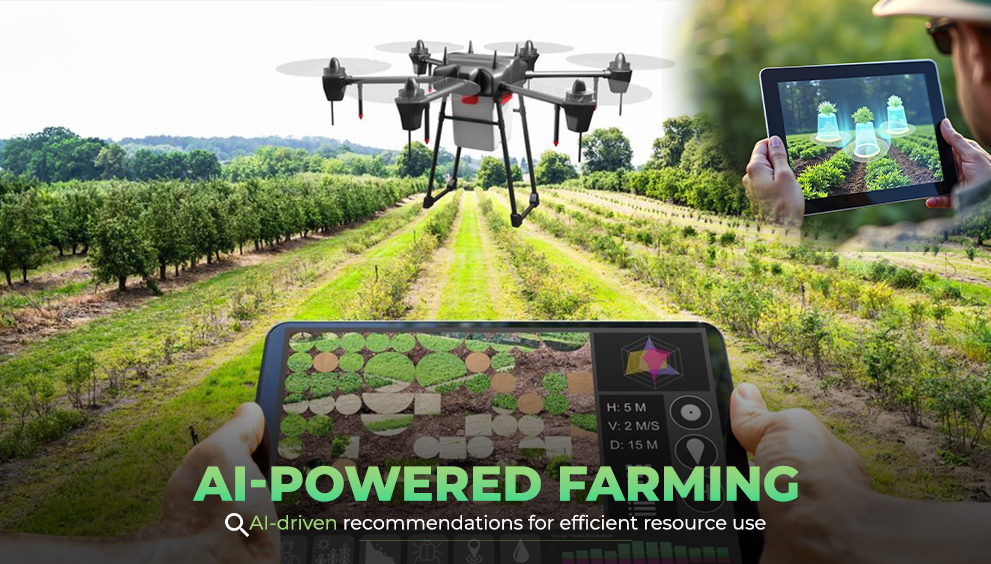
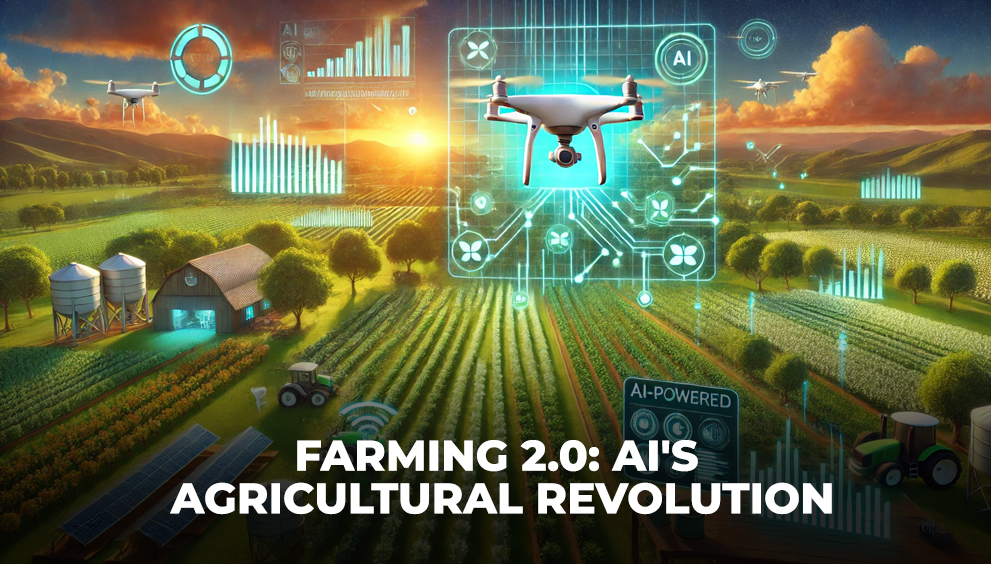
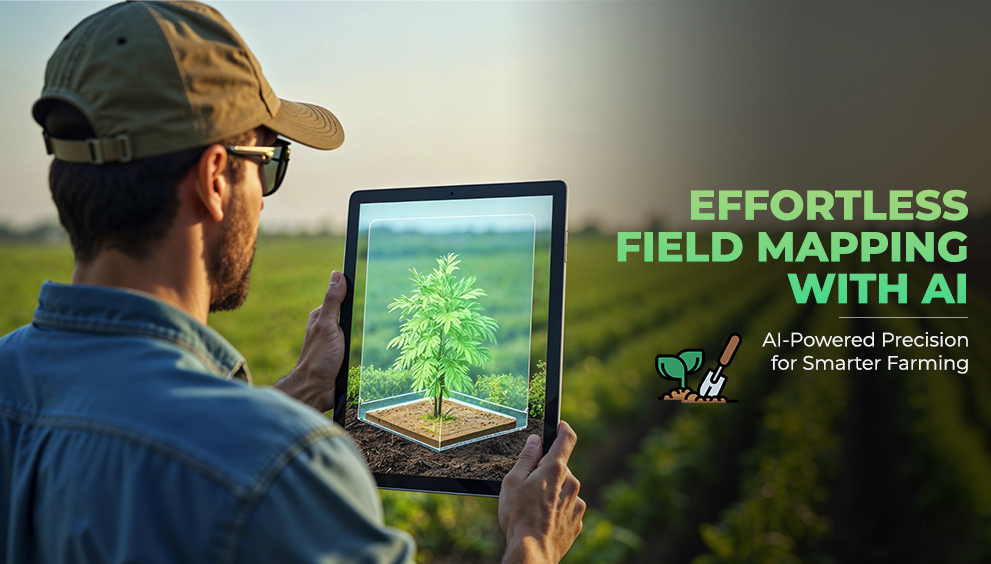
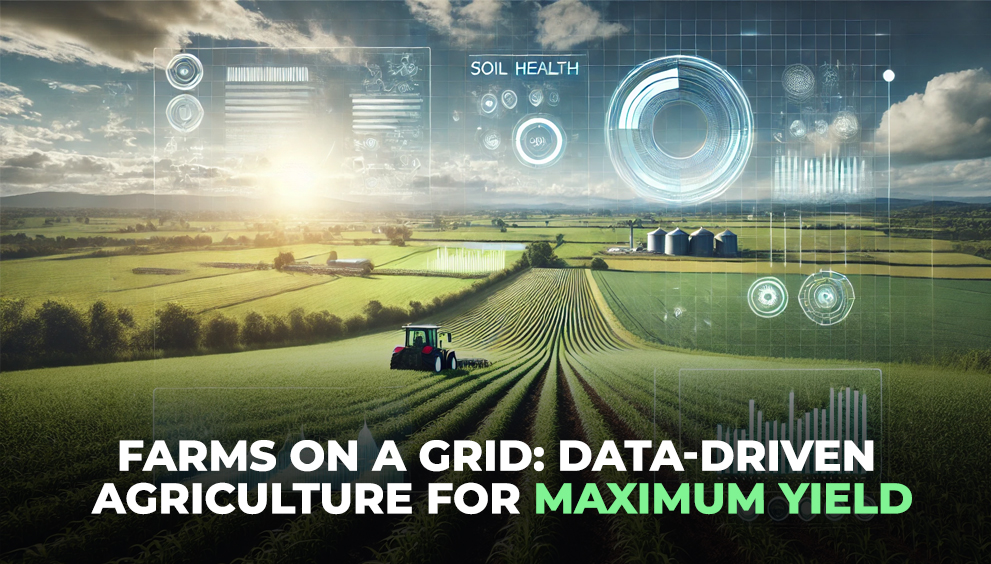
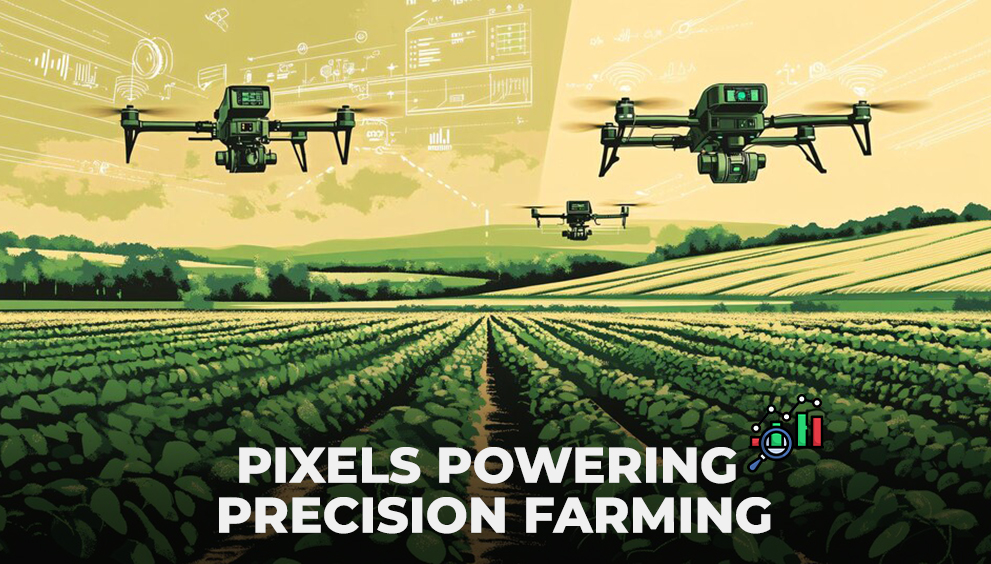
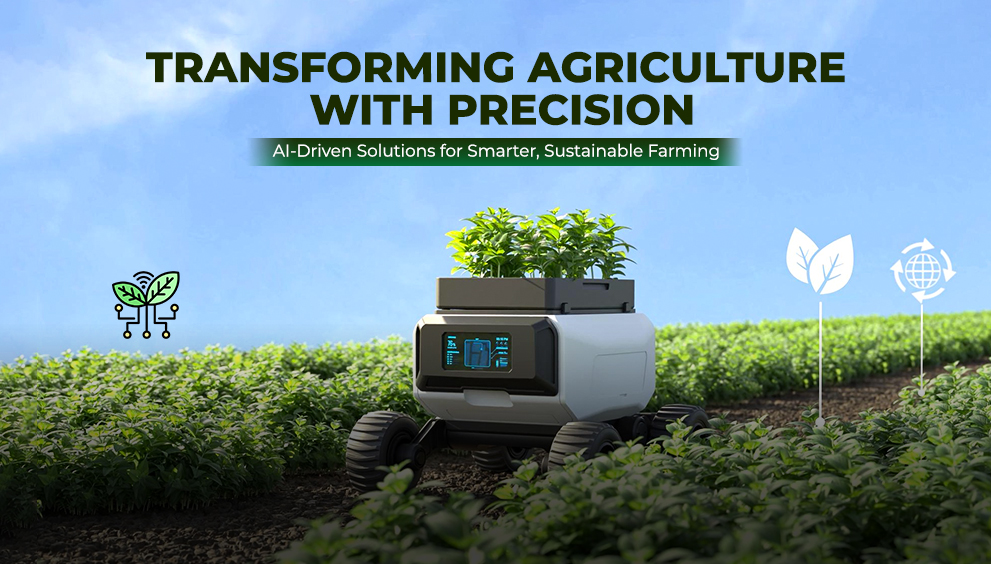
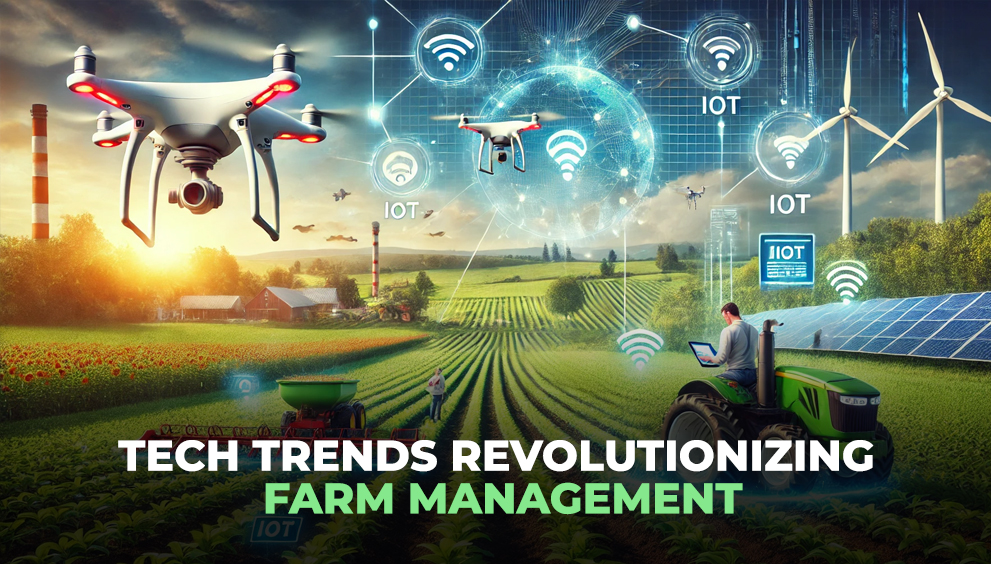
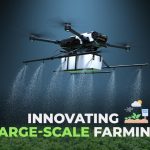

rp777gameapk
10th Nov 2025Looking for the RP777 game APK. This site seems to have the goods. Just gotta make sure it’s legit before I download. Fingers crossed! rp777gameapk